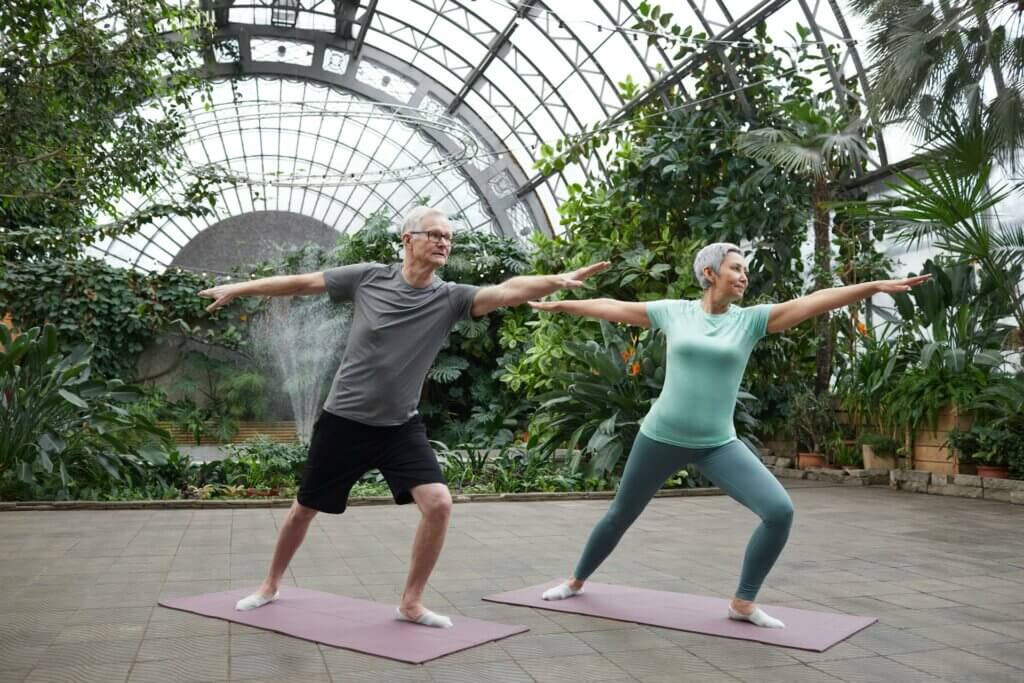Many individuals aspire to have strong and shapely glutes, not only for aesthetic reasons but also for their functional benefits. The gluteal muscles, including the gluteus maximus, medius, and minimus, play a crucial role in stabilizing the hips, supporting proper posture, and enhancing athletic performance. If you’re looking to grow your glutes and achieve a more sculpted backside, here is a comprehensive guide to help you on your journey.
- Resistance Training: To effectively grow your glutes, resistance training should be a cornerstone of your workout routine. Focus on compound exercises that target the gluteal muscles, such as squats, deadlifts, lunges, hip thrusts, and glute bridges. These exercises engage multiple muscle groups and provide the stimulus needed for muscle growth.
- Progressive Overload: To stimulate muscle growth, it’s essential to gradually increase the intensity of your workouts over time. This principle of progressive overload involves progressively increasing the weight, volume, or difficulty of your exercises. Gradually challenge your glute muscles by adding weight, increasing repetitions, or incorporating more challenging variations of exercises.
- Hip Thrusts and Glute Bridges: Hip thrusts and glute bridges are particularly effective for activating and targeting the glute muscles. These exercises isolate the glutes and allow for a greater range of motion, leading to better muscle activation and growth. Experiment with different variations, such as single-leg hip thrusts or glute bridges with resistance bands, to add variety and further challenge your glutes.
- Mind-Muscle Connection: Developing a strong mind-muscle connection is crucial for optimal glute activation during exercises. Focus on contracting and squeezing your glute muscles throughout each rep, rather than relying solely on momentum. Visualize the muscle working and engage it consciously to maximize its recruitment and growth potential.
- Vary Your Training: Incorporate a variety of exercises, angles, and training modalities to stimulate your glutes from different angles. Add exercises that target the gluteus medius and minimus, such as lateral band walks or side-lying leg lifts, to achieve well-rounded glute development. Varying your training prevents plateauing and ensures balanced muscle growth.
- Proper Nutrition: Proper nutrition is essential for muscle growth and recovery. Consume a balanced diet rich in high-quality protein, which provides the necessary amino acids for muscle repair and growth. Include sources like lean meats, poultry, fish, eggs, legumes, and plant-based protein options. Additionally, prioritize nutrient-dense foods, including fruits, vegetables, whole grains, and healthy fats, to support overall health and fuel your workouts.
- Sufficient Rest and Recovery: Allowing your glute muscles time to recover and repair is crucial for growth. Aim for 48-72 hours of rest between intense glute workouts to give your muscles time to adapt and grow. During rest days, focus on active recovery activities like gentle stretching, foam rolling, and light cardio to promote blood flow and alleviate muscle soreness.
- Consistency and Patience: Building strong and sculpted glutes takes time and consistency. It’s important to have realistic expectations and understand that noticeable changes may take several weeks or months. Stay committed to your training and nutrition plan, and trust the process. Consistency, along with progressive overload, will yield the best results over time.
Remember, every individual’s body is unique, and genetics play a role in muscle development. Embrace your unique journey and focus on your own progress rather than comparing yourself to others. Celebrate each milestone and keep challenging yourself to reach new heights in your glute-building journey.
Incorporate these strategies into your fitness routine, stay dedicated, and watch your glutes gradually grow stronger and more sculpted. With proper training, nutrition, and perseverance, you can achieve the firm and toned backside you desire while reaping the functional benefits of strong gluteal muscles.




